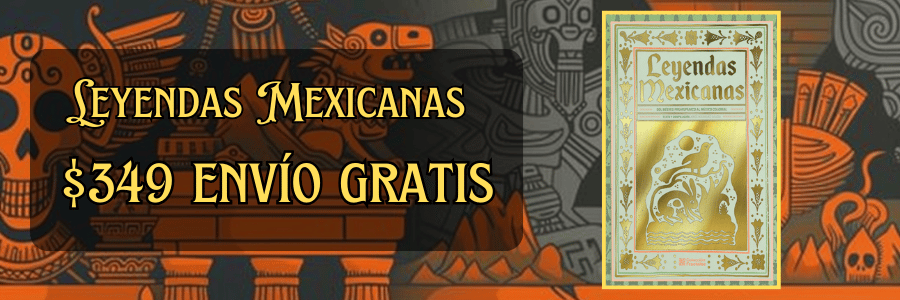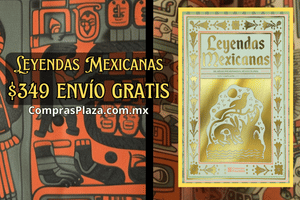Exploring the Ruins of Teotihuacan
Teotihuacan, one of the most significant and enigmatic archaeological sites in the world, is located approximately 30 miles northeast of Mexico City. Its name translates to "the place where gods were born," a title that reflects the profound cultural and historical importance this ancient city has held for centuries. It was a thriving metropolis from the first to the seventh centuries CE, and at its peak, it was one of the largest cities in the world, boasting a diverse population estimated to be between 100,000 and 200,000 inhabitants. Given its significance, Teotihuacan presents a fascinating study of ancient urban planning, religious practices, and cultural exchange.
The city was established during a time of significant transformation in Mesoamerican history. The urbanization of Teotihuacan coincided with the rising complexity of social structures and economic systems in the region. It became a crucial center for trade, with its influence radiating through modern-day Mexico and beyond. The layout of Teotihuacan was not random; evidence suggests that its monumental architecture and urban layout were meticulously planned. The central avenue, known as the Avenue of the Dead, stretches approximately 2.5 miles and is flanked by impressive pyramids and temples.
Among the most striking features of Teotihuacan are the Pyramid of the Sun and the Pyramid of the Moon, two monumental structures that dominate the landscape. The Pyramid of the Sun, the largest structure in Teotihuacan, rises to a height of about 216 feet, making it one of the tallest pyramids in the Americas. Contrary to numerous other pyramidal structures throughout Mesoamerica, which often served as tombs, the Pyramid of the Sun's primary purpose remains a topic of debate among scholars. Some suggest it was a ceremonial site, while others propose it may have been an observatory for astronomical events.
The Pyramid of the Moon is smaller yet equally significant, situated at the northern end of the Avenue of the Dead. It stands at 148 feet tall and is believed to have had deep religious importance, likely linked to the worship of water and fertility deities, crucial elements of Mesoamerican spirituality. The layout of these pyramids suggests they were not only religious symbols but also part of an extensive network of rituals that reinforced the authority of the city’s elites and the deities they served.
Exploring the ruins of Teotihuacan offers visitors a unique opportunity to step back in time and experience the remnants of a once-thriving civilization. As you traverse the Avenue of the Dead, the hushed whispers of ancient history surround you, drawing you into the mysteries that still elude modern archaeological understanding. The remnants of temples, residential complexes, and murals provide a glimpse into the daily lives of the inhabitants.
One of the most significant aspects of Teotihuacan’s culture is the artwork that adorned its structures. Many of the murals discovered in residential, religious, and ceremonial spaces depict scenes of daily life, mythology, and ritual. One particularly noteworthy set of murals can be found in the Temple of the Feathered Serpent, also referred to as the Temple of Quetzalcoatl. This structure features intricate carvings and vibrant murals, illustrating the rich narrative traditions of Mesoamerican societies.
Archaeological research has revealed that Teotihuacan was a cosmopolitan city, characterized by a mix of cultural influences. The artifacts unearthed at the site showcase a blend of different artistic styles and motifs from various regions, suggesting that Teotihuacan was not only a city of power but also a melting pot of diverse cultures and traditions. This cultural amalgamation was facilitated by the extensive trade networks that connected Teotihuacan with other regions, including the Gulf Coast, Oaxaca, and even areas as far as the southwestern United States.
As scholars continue their investigations, they have posited theories about the decline of Teotihuacan, which remains shrouded in mystery. Various hypotheses suggest that climate change, internal social strife, or external invasions may have been contributing factors to the city’s eventual downfall. The archaeological evidence points toward a decline beginning in the seventh century, with several structures evidencing fire damage and destruction. This transition marks a poignant moment in Mesoamerican history, as one of the region's most influential cultures began to dissipate.
The ruins of Teotihuacan were not always revered as they are today; for many centuries, they lay largely forgotten. Awareness of their significance began to grow in the 19th century when scholars and explorers began to study the remnants more seriously. In the early 1900s, the Mexican government recognized the importance of preserving these ancient ruins and embarked on significant restoration projects. As a result, UNESCO designated Teotihuacan a World Heritage Site in 1987, ensuring its protection for future generations.
Visiting the ruins requires the dedication to explore their layered histories and potential interpretations. The site’s official tours often introduce the visitor to the complex interplay of architecture, landscape, and human behavior that defined this ancient civilization. Each stone and mural tells a story, revealing the spiritual and social dimensions that shaped the lives of its residents. Walking through the ruins of Teotihuacan can evoke a sense of wonder, prompting reflection on human ingenuity and resilience.
In recent years, modern technologies such as LiDAR (Light Detection and Ranging) scanning and 3D modeling have allowed archaeologists to discover previously hidden structures within the city. This technological advancement sheds new light on the urban planning of Teotihuacan, revealing a systematic approach to city layout that demonstrates an understanding of environmental and sociopolitical factors at play. These discoveries further complicate our understanding of how this complex society operated, raising questions about governance, resource management, and societal hierarchy.
Moreover, Teotihuacan’s mythology and religious practices continue to intrigue scholars. The cosmology of Teotihuacan was multifaceted, with deities representing various elements of the natural world, including gods of the sun, moon, and water. The manner in which these gods were worshipped—through intricate rituals possibly involving human sacrifice—has led to a deeper understanding of the lengths to which the inhabitants went to maintain cosmic order. Each religious act likely reinforced the divine legitimacy of their rulers, entwining politics and spirituality in a way that was characteristic of many Mesoamerican cultures.
Typically, visitors to Teotihuacan experience its grandeur through a series of walks and climbs, culminating in panoramic views of the sprawling landscape surrounding the ancient ruins. This aspect underscores a remarkable dimension of the site: the interconnectedness of urban development and its natural environment. The architectural decisions made by the inhabitants reveal their respect for and integration with the landscape, as many structures align with celestial events, indicating a profound understanding of astronomy that intertwined scientific observation and spiritual significance.
The impact of Teotihuacan extends far beyond its geographical limits. The cultural, artistic, and architectural legacies of the city have reverberated throughout Mesoamerica, influencing later civilizations such as the Toltecs and the Aztecs. The authenticity of Teotihuacan's symbols—its feathered serpent, the pyramids, and mural styles—can be traced throughout Mesoamerican history, embodying continuity and change in the region’s cultural fabric.
In contemporary Mexico, Teotihuacan remains a symbol of national pride and cultural identity. Annually, thousands of visitors flock to the site, eager to explore its breathtaking ruins and immerse themselves in a past rich in traditions and enigmatic narratives. Given its status as a UNESCO World Heritage Site and one of the most visited archaeological zones in Mexico, active efforts are underway to ensure the preservation of Teotihuacan for the enjoyment of generations to come.
Ultimately, exploring the ruins of Teotihuacan is not merely an adventure through an ancient city but a journey into the heart of human expression, belief, and aspiration. The monumental structures, the artistry of the murals, the panorama of pyramids—each element serves as an ongoing dialogue with the past, connecting modern visitors with the legacy of a civilization that has both shaped and mystified the cultural landscape of Mesoamerica. By delving into the past of Teotihuacan, visitors not only honor the achievements of a remarkable society but also participate in an enduring exploration of what it means to be human.
Explore More:
| The Impact of the Gig Economy on Mexico’s Workforce |
| How to Use Decentralized Exchanges for Crypto Trading |
| How Mexican Artists Portray Social and Political Issues |
| The Role of Cryptocurrencies in Energy Efficiency Initiatives |
| The Role of Women in Shaping Modern Mexican Society |
| How to Use Cryptocurrencies for International Transactions |
| The Economic Growth of Mexico in the 21st Century |
| The Role of Oil in Supporting Global Energy Security Initiatives |
| The Challenges of Managing the Environmental Impact of Oil Extraction |
| The Significance of the Battle of Monterrey in the Mexican-American War |



